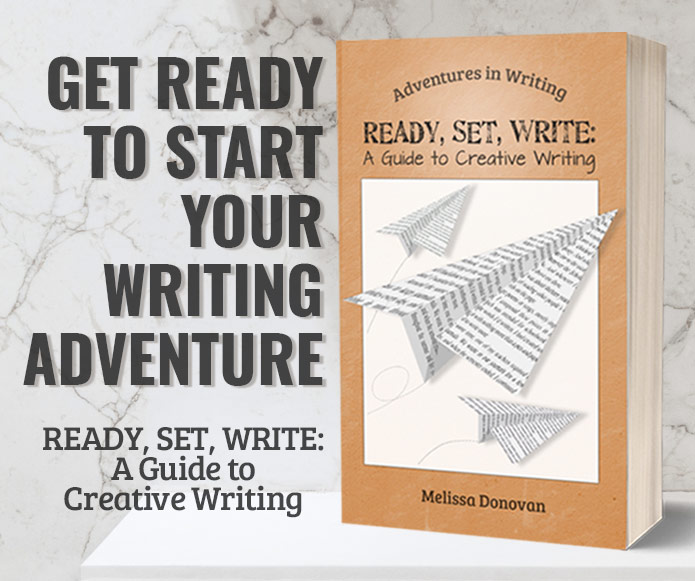This exercise comes from my book Story Drills: Fiction Writing Exercises. This exercise asks you to consider an element of story that’s often overlooked in lessons and conversations about fiction writing. It’s called “Props.” Enjoy!
Props
Often when we talk about setting, we forget an important element: props. These are the items that appear in the narrative and are part of the story world.
In real life, props are crucial. Think about how your day starts: Your alarm clock goes off, you use the toilet, start the coffeemaker, hop in the shower, then scarf down breakfast so you don’t miss the bus to work. But what if your story is set in the eighteenth century? They didn’t have alarm clocks, toilets, or coffeemakers. If you’re writing historical fiction, you need to know the details of everyday objects and how people used them, and you need to think about which ones are important to include in your story. You may never need to show how characters bathed in the eighteenth century; on the other hand, you might want to include a steamy bath scene in your narrative.
If you’re writing fantasy or science fiction, you may need to invent your own props, and you might find yourself naming things that didn’t exist until you thought them up.
In contemporary fiction, we don’t need to give much thought to props. The story takes place in the real world that we all know, so we would expect to see computers, mobile phones, cars, and a host of other items that we are accustomed to using. But as authors, we still need to think about which props are necessary to a story, which props will enrich a story, and which can go unmentioned.
Study:
Revisit a story you’ve recently read. Without looking at it, try to list at least ten props that appeared in the story. For each one, write a few words about the significance of that prop to the narrative. Was it just part of the setting? Was it used in the action? Was it essential to the story? Did it enrich the narrative in some way? Now flip through the story, and find ten more items and answer the same questions about those.
Practice:
Quickly sketch a story summary. Keep it to about 250 words or fewer. Include the time and place, the story’s general concept and premise, at least three key characters, and a few sentences describing the plot. Don’t try to come up with a masterpiece—just keep it simple. Now make a list of fifteen items that would appear in the story. Five of these items will be part of the story’s setting but not essential to the plot. Another five items will be objects that the characters use or interact with. The final five items will be absolutely necessary to the story.
Questions:
How do props provide important clues about a story? Should all props be necessary to a story in some way? What can props tell us about the setting, plot, and characters? How can props be used in place of description or exposition?






Great idea. Props are important, but we don’t always give them the attention they need.